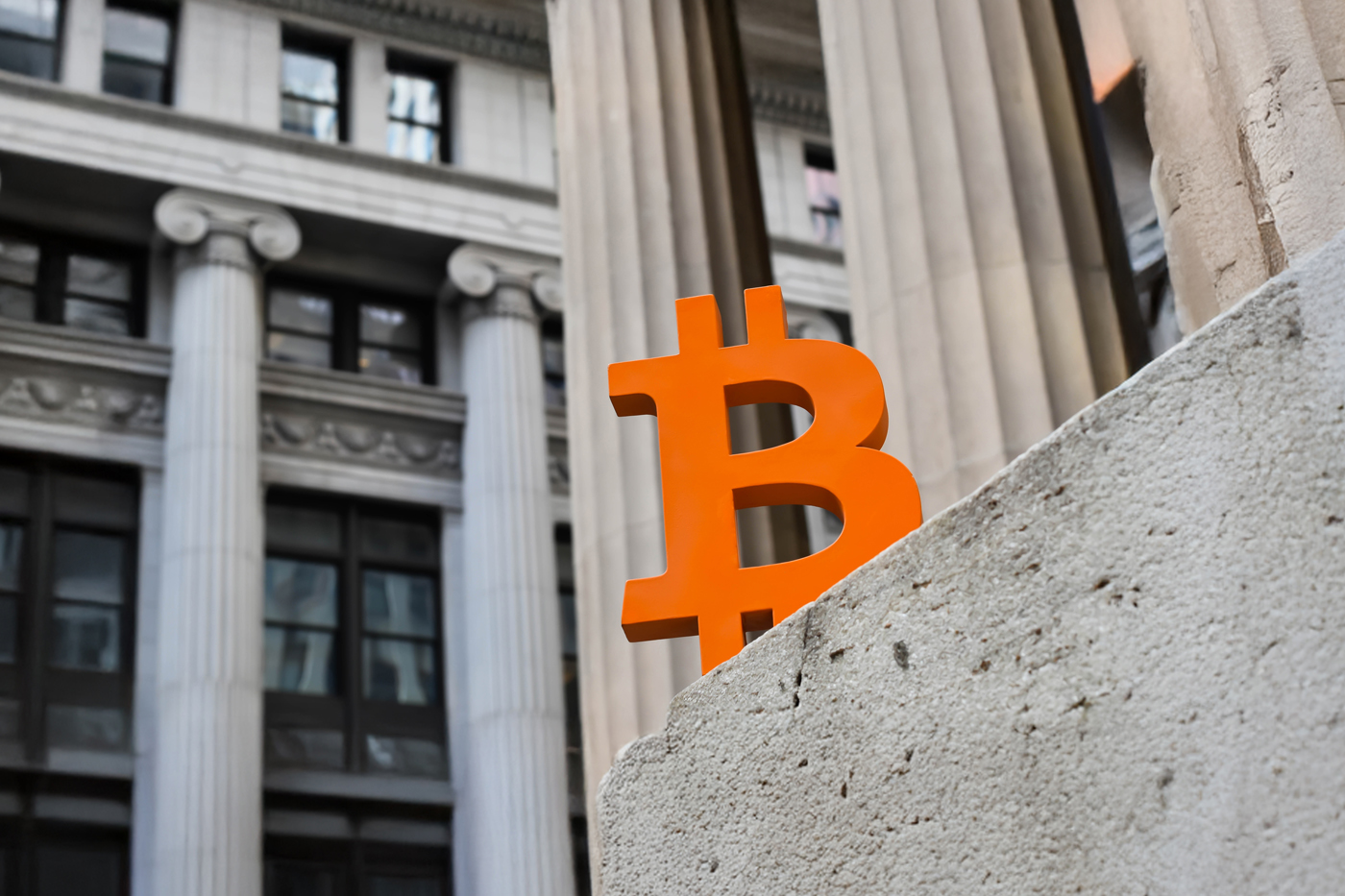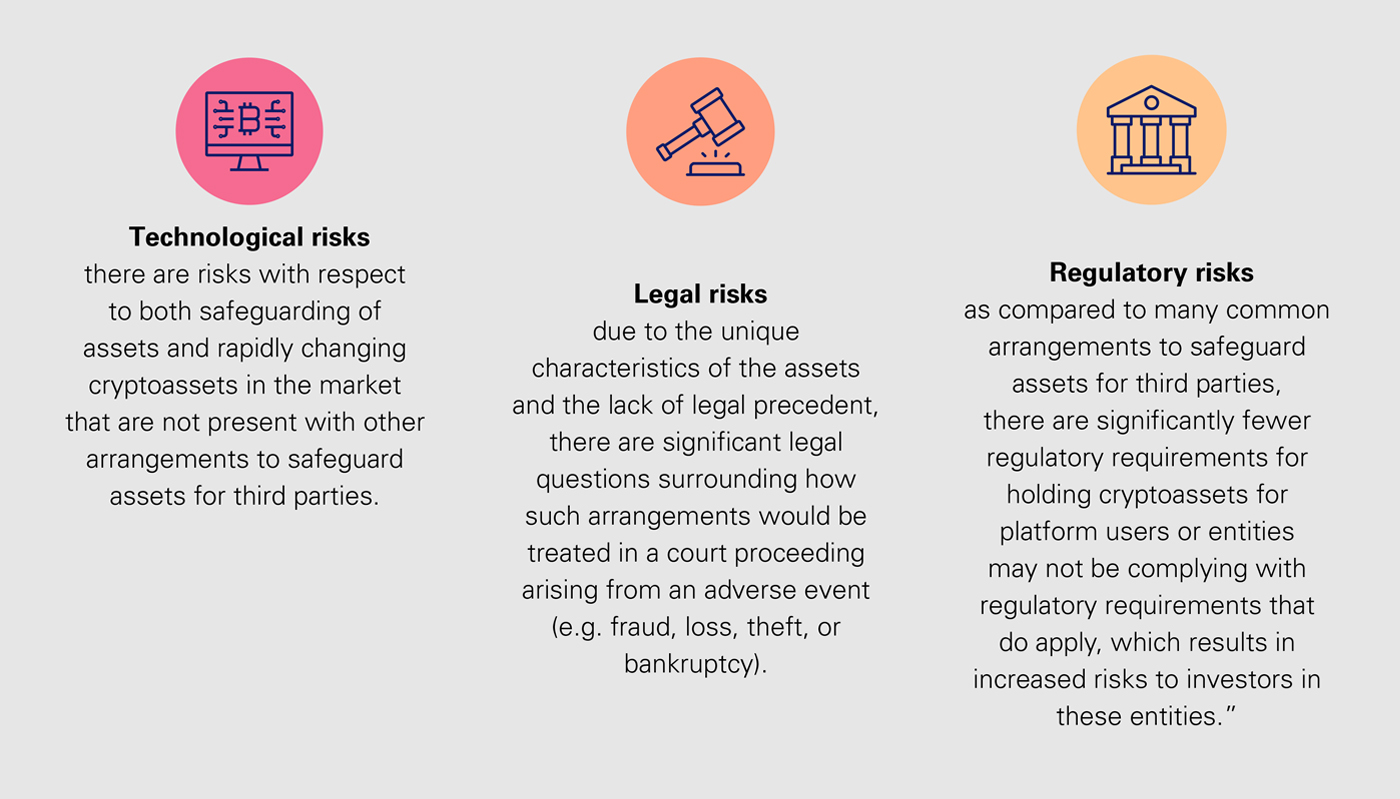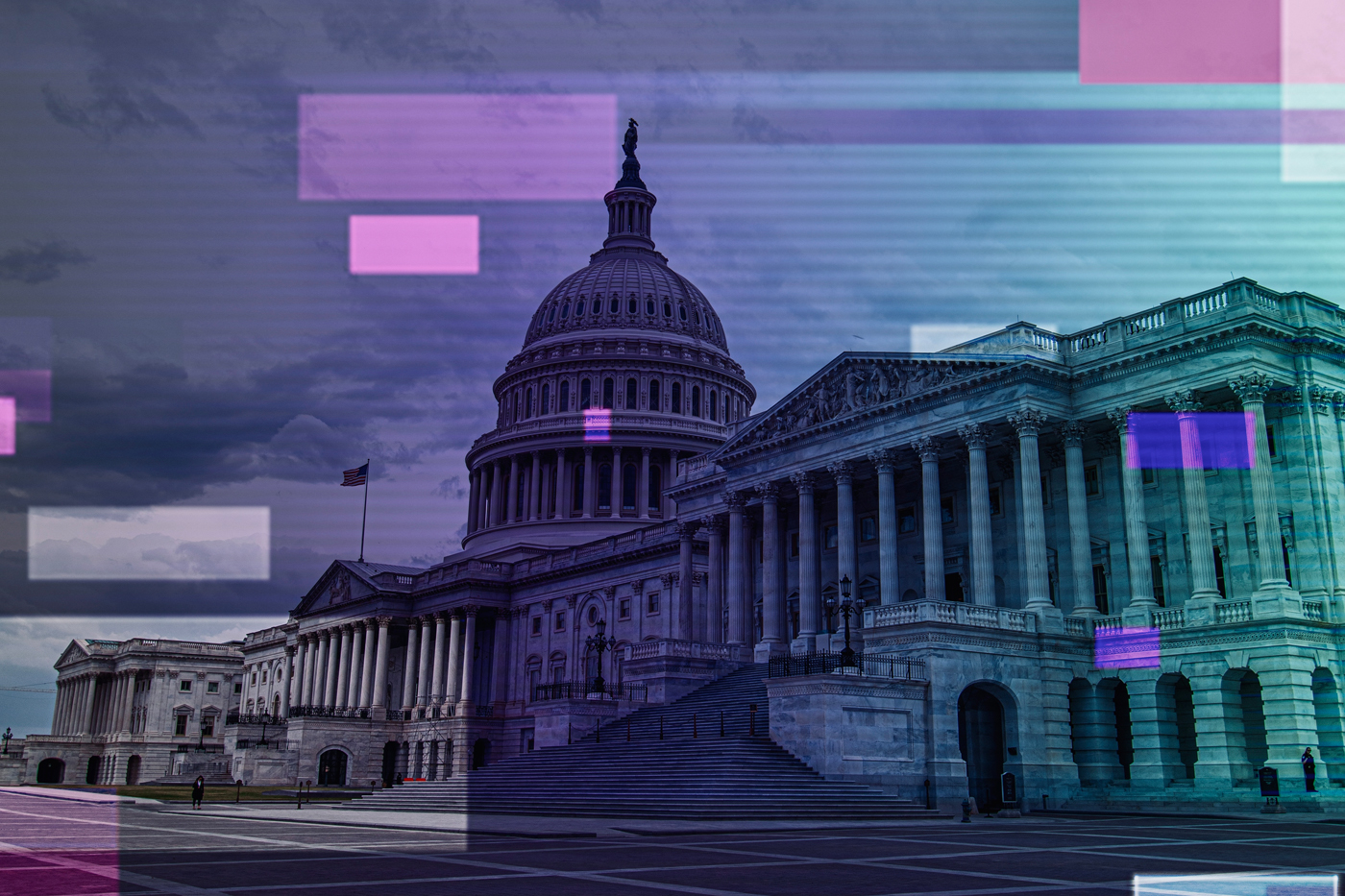Crypto Rules
Unpacking the mixed bag of regulatory concerns and alternative approaches fuelling crypto supervision.
 By Kannan Agarwal
By Kannan Agarwal
The race is on as institutional and private investors seek to capitalise on the cryptocurrency craze. One region stands out.
Southeast Asia currently accounts for 60% of global cryptocurrency activity. Market research firm IMARC forecasts a compounded annual growth rate of 8.5% between 2025 and 2033. This growing popularity is based on several unique characteristics of its inhabitants.
Compared to other regional blocs, ASEAN is home to one of the highest internet penetration rates in the world, with a tech-savvy, young population who are quick to adopt digital tools and services. With over 400 million internet users, the average internet penetration rate in each jurisdiction exceeds 73% except in Laos, Myanmar, and Timor-Leste.
The region’s cross-border payments for its millions of migrant workers have also contributed to cryptocurrency’s rapid adoption. Where inflation runs high, cryptocurrency is used as a store of value and in labour-exporting countries such as the Philippines and Indonesia, bitcoin and stablecoins like tether have become the go-to remittance currency. Crypto exchanges also charge lower transaction fees for global remittances, getting the job done cheaper and faster than banks and their intermediaries.
Such swift growth, however, has come with its fair share of risks and challenges to the current regulatory framework – some new, others more pervasive. The global financial system battles with increased fraud and illicit financing; accounting issues such as inflated balance sheets that could potentially roll back decades of Basel-era reform; incongruent technological and legal frameworks as rules for traditional finance are transposed wholesale to govern digital assets; and increased volatility as well as risks to financial resilience.
In response, seismic shifts have occurred on the regulatory front for the offering, trading, and disposal of cryptoassets. Regulators like the US Securities and Exchange Commission (SEC) have done a dramatic about-turn, whilst others, such as the Hong Kong Monetary Authority (HKMA), have put pedal to the metal.
We round up recent regulatory policies in key jurisdictions to gain a bird’s eye view on the diversity of ways standard-setters are approaching the regulation of this burgeoning instrument.
This January, the SEC published its Staff Accounting Bulletin No. 122 (SAB 122), a guidance about the obligations of financial institutions involved in custodial cryptoassets. SAB 122 was issued to rescind its predecessor, SAB 121, which was issued less than three years ago under the Biden administration.
Back when it was first issued in March 2022, SAB 121 was panned by crypto industry players as it required US-based founders, finance managers, and crypto custodians to, amongst other measures, apply more stringent accounting standards to cryptocurrencies in their portfolio, including recognising it as a liability with a corresponding asset at fair value.
The SAB 121 guidance specifically states:
“The obligations associated with these (cryptoasset) arrangements involve unique risks and uncertainties not present in arrangements to safeguard assets that are not cryptoassets, including technological, legal, and regulatory risks and uncertainties. Specifically:
Critics quickly descended.
Firstly, applying fair-value accounting rules is near-impossible when it comes to valuing volatile cryptoassets. The 12-month price for bitcoin alone has fluctuated between USD51,000 to current highs exceeding USD110,000.
Secondly, financial institutions in custodial services would see artificially inflated balance sheets by recognising cryptocurrencies as both liabilities and assets.
Thirdly, the guidance creates an artificial barrier to entry, disincentivising financial institutions from entering the cryptoasset custody market, thus hindering innovation in the sector.
Fast forward to January 2025: the SEC issues SAB 122, a significant policy move that rescinds SAB 121. Although SAB 122 requires that entities declare the impact of moving from SAB 121 to the new approach, it is a net positive for banks and brokerage houses in two big ways:
As the Trump administration battles its way through trade tariffs and global strife, cryptocurrency remains one of the few commodities that will likely benefit during this time of increased geopolitical volatility.
The economic bloc’s flagship Markets in Crypto-Assets Regulation (MiCAR) was approved on 16 May 2023 and continues to be one of the most comprehensive regulations covering cryptoassets, its issuers, and related service providers under a harmonised regulatory framework.
As with all landmark legislation, critiques have been levelled, one of which is the practicalities of MiCAR in addressing market abuse of cryptoassets. Iris S Barsan’s research paper, Are MiCAR’s Market Abuse Rules Useful? A Critical Analysis of the Market Abuse Rules under MiCAR, highlights one of the most glaring gaps in its implementation:
“One might expect MiCAR’s market abuse provisions to reflect the unique characteristics of crypto markets, but surprisingly, they largely mimic MAR’s (Market Abuse Regulation) provisions, which apply to abuses involving traditional financial instruments…MiCAR has just seven articles dedicated to market abuse, compared to MAR’s 39. Key MAR obligations, such as maintaining insider lists or disclosing managers’ transactions, are omitted, which could hinder the ability of crypto market actors to comply with market abuse regulations and prevent prohibited behaviours.
“Moreover, MiCAR does not incorporate a number of exemptions, such as those concerning buy-back programs and stabilisation, legitimate behaviours by insiders and accepted market practices related to market manipulation. This results in MiCAR being stricter than MAR if interpreted autonomously. An interpretation of MiCAR “in light of MAR” might not bridge the existing gap. Such an approach would raise doubts about the need for a separate regulatory regime for cryptoassets. Wouldn’t it have been simpler and more effective to extend the scope of MAR to include cryptoassets? Doing so would have provided more regulatory certainty, as MAR’s rules are already well known.”
Such incongruence is not unique to the EU, but common in all jurisdictions where supervisory oversight looks to regulate a technologically differentiated asset like cryptocurrency using traditional financial laws and governance standards.
The People’s Bank of China (PBoC) has had a blanket ban on cryptocurrency activity since 2021, declaring that “virtual currency-related business activities are illegal financial activities” and that it “seriously endangers the safety of people’s assets”.
Workarounds, however, exist as mainland Chinese moved to trade crypto using offshore exchanges and through its special administrative region, Hong Kong, where cryptocurrency activities are legal and regulated under the HKMA.
In recent years, the Chinese courts have ruled that although it is not illegal to own cryptoassets as the law assigns property rights to virtual commodities, entities are barred from trading or investment activities of virtual assets due to its potential disruption to the economy and possible use for illicit activity. Official government sources revealed that in 2023, China sued 3,032 people involved in crypto-related money laundering and blockchain security firm SAFEIS reported that money involved in crypto-related crimes surged 10-fold to RMB430.7 billion.
Local authorities are thus in possession of a stockpile of confiscated digital currencies with no way of unlocking its value.
On 16 April 2025, Reuters reported that “senior judges and police, [and] attorneys are debating changes to rules they said will soon change the way confiscated virtual currencies are treated.”
The newswire also reports: “[L]ocal governments have been using private companies to sell seized digital coins in exchange for cash to replenish public coffers strained by a slowing economy, according to transaction and court documents seen by Reuters.
Such disposals are “a makeshift solution that, strictly speaking, is not fully in line with China’s current ban on crypto trading,” said Chen Shi, a professor at the Zhongnan University of Economics and Law.”
Instead, the government is pushing for greater adoption of its own central bank digital currency (CBDC). In April 2020, the republic moved to trial the digital RMB. Since then, official sources report that as at 31 July 2024, its CBDC has conducted transactions exceeding RMB7.3 trillion across pilot regions with 180 million individual e-wallets on record.
China is also a member of Project mBridge, a global CBDC-based cross-border payments joint venture that achieved minimum viable product stage in mid-2024. Although the Bank for International Settlements controversially pulled out of the project in late November 2024, the HKMA, Bank of Thailand, Central Bank of the United Arab Emirates, and Saudi Central Bank continue to co-lead its development together with other central banks and private institutions as observers.
In April 2025, rumours had circulated amongst unofficial cryptocurrency industry portals that China had linked its digital RMB cross-border payment system to 10 ASEAN countries and six Middle Eastern jurisdictions. The story was later dismissed as fake news after the originating sources were taken down from websites, none of which were from official central bank sources. The speed at which these original sources were deleted is a barometer of the political, economic, and social sensitivities that surround cryptocurrency management in China.
Read more about CBDCs and cross-border payments in our story, Financial Fragmentation: How Geopolitical Risks Are Altering Global Payment Flows, published in the December 2024 issue of Banking Insight.
Although these are neither legal tender nor payment instruments recognised by the central bank, cryptocurrencies and digital tokens are viewed as securities and subject to the country’s existing securities laws.
It is regulated by the Securities Commission Malaysia (SC) under the Capital Markets and Services (Prescription of Securities) (Digital Currency and Digital Token) Order 2019 which came into effect on 15 January 2019.
Since then, the SC has issued guidelines to standardise the offering and trading of digital assets by way of amendments to existing regulation – such as the Guidelines on Recognized Markets which was issued in 2015 and updated to incorporate market players of this new asset class – or through the enactment of new ones to reflect current technologies, namely the Guidelines on Digital Assets in 2020.
The due diligence process to obtain regulatory approval in Malaysia is designed with essentially two priorities in mind: (i) does the operator have the operational capabilities to safeguard investor interests in the event of a shock; (ii) is the operator sufficiently invested in ways that will ensure market integrity. The former is a matter of protecting public interest and exemplified in procedures such as ‘know your client’, anti-money laundering measures, and digital traceability. The latter is to safeguard financial stability and resilience. Approval is contingent on digital asset service providers proving that they can pass muster on both standards.
Currently, the regulator has approved eight exchange operators (six for digital assets, three for initial exchange offerings), three digital asset custodians, and 21 tradeable digital assets (bitcoin, ethereum, ripple, etc.) in Malaysia.
Additionally, the SC reviews all tradeable digital assets and transparently publishes its findings on whether or not the digital asset is Shariah compliant, a localisation that adds depth and dimension to the banking and crypto landscape. As at May 2025, only 15 tradeable cryptocurrencies are Shariah compliant; the remaining six are under review.
Such localisation of a potentially new asset class is unique and reflects the SC’s regulatory neutral approach to capital market development, where ‘like product and like services will be regulated similarly regardless of the underlying technology’.
Next up on the SC’s radar is to set standards for tokenised products, i.e. digital representation of capital market products – such as tokenised shares, tokenised bonds, and tokenised funds – using distributed ledger technology.
On 6 May 2025, the agency announced that it was seeking written feedback on its proposed framework on tokenised capital market products vide Public Consultation Paper No. 1/2025. The proposal would allow licensed persons and SC-registered recognized market operators to trade in tokenised products issued through approved primary market platforms.
These developments are in sync with the Malaysian government’s establishment of the Digital Asset and Artificial Intelligence Advisory Council to drive the country’s digital economic growth in line with international best practices and aligned to its context and needs.
Syncretising national philosophy with digital asset governance could add market depth and fresh perspective in ways that are not currently on the global radar for cryptocurrency regulation, including the application of the value-based intermediation strategy for Shariah-compliant products under the purview of Bank Negara Malaysia.
If there is a takeaway from the current state of cryptocurrency regulation, it is this: there are many ways to govern.
The discord between industry and regulators is well known. Levelled at standard setters is the critique that their guidance and rules stifle the innovation and potential of this rapidly evolving asset. On the other side of the aisle, regulators continue to stress that their primary function is to protect public interest and ensure financial resilience in the current system.
Whether an outright ban on cryptocurrency or more flexible contextualised rules will be de rigueur in the future, the plurality of regulatory approaches that are currently at play point to one thing: as digital assets enter mainstream financial systems, regulation must be as dynamic as the product itself.
Kannan Agarwal writes for Akasaa, a strategic consulting and publishing house with offices in the UK, UAE, and Malaysia.